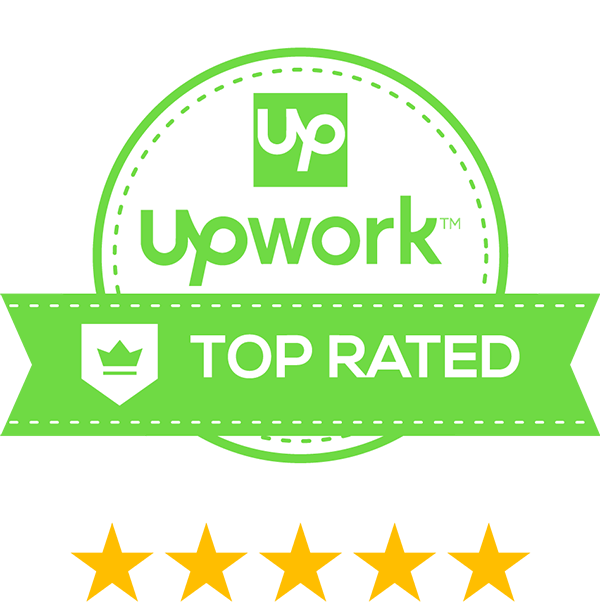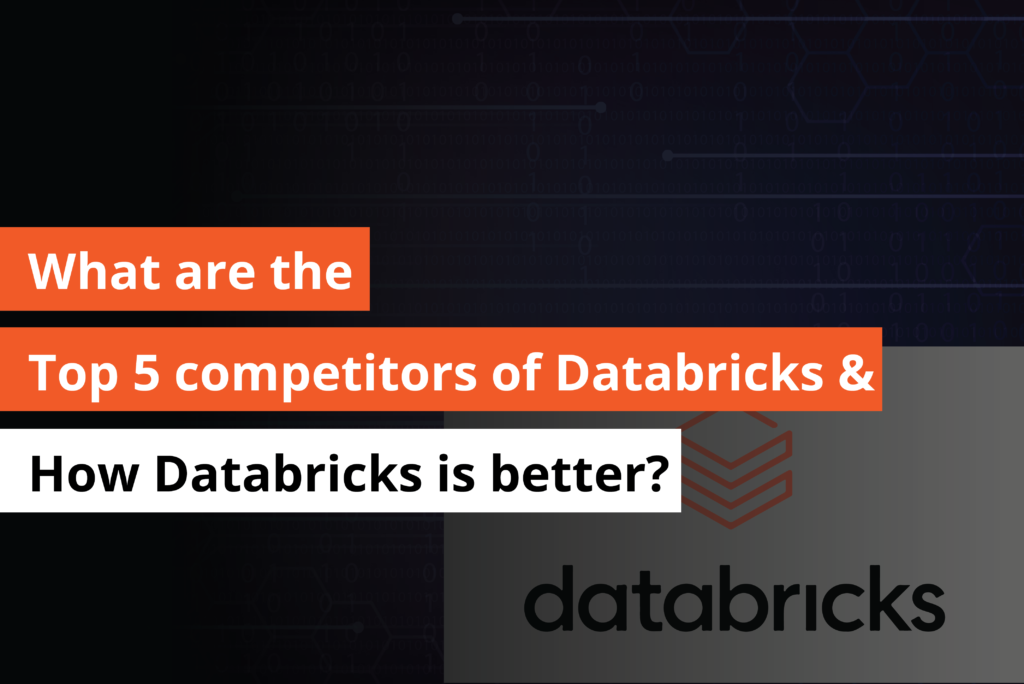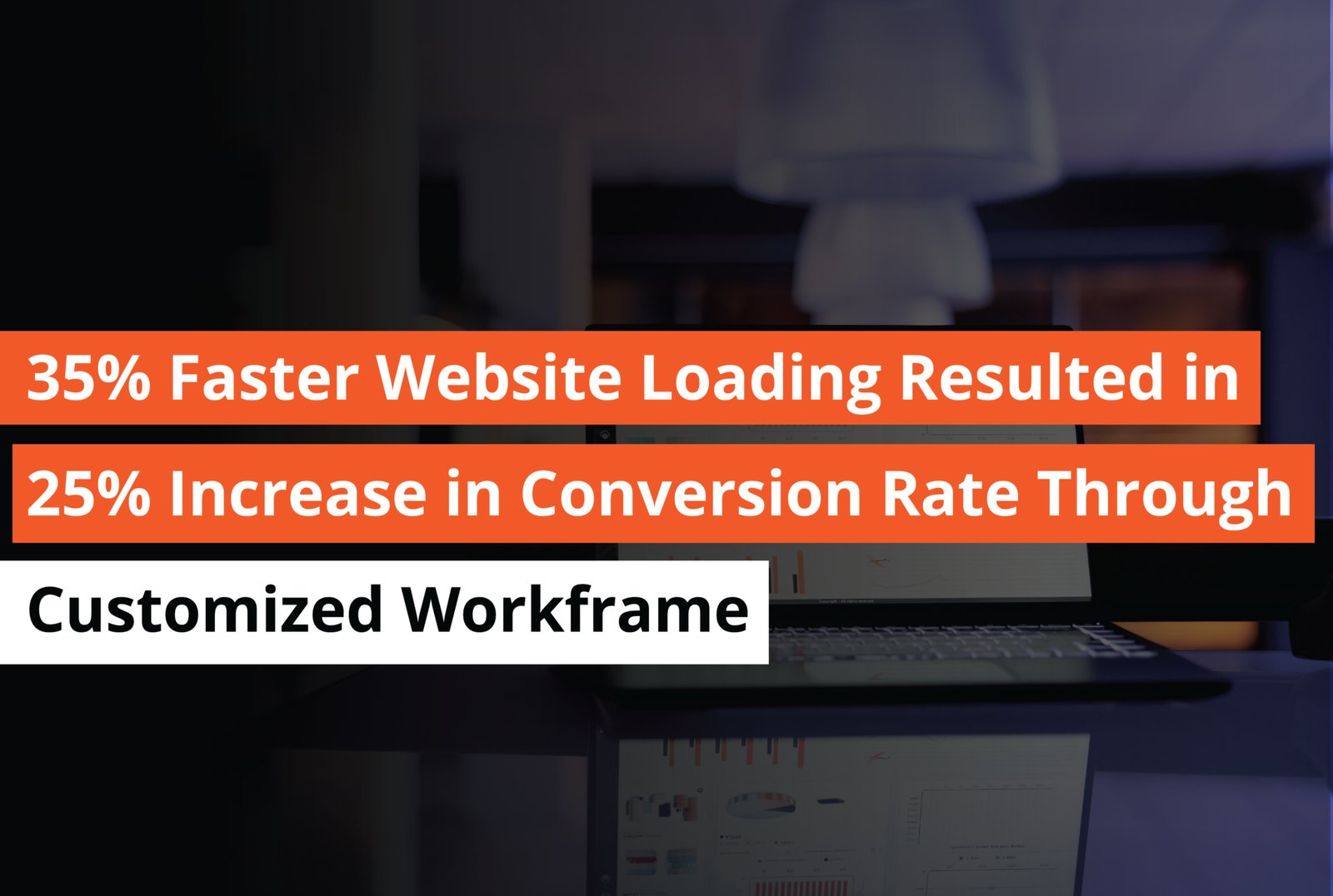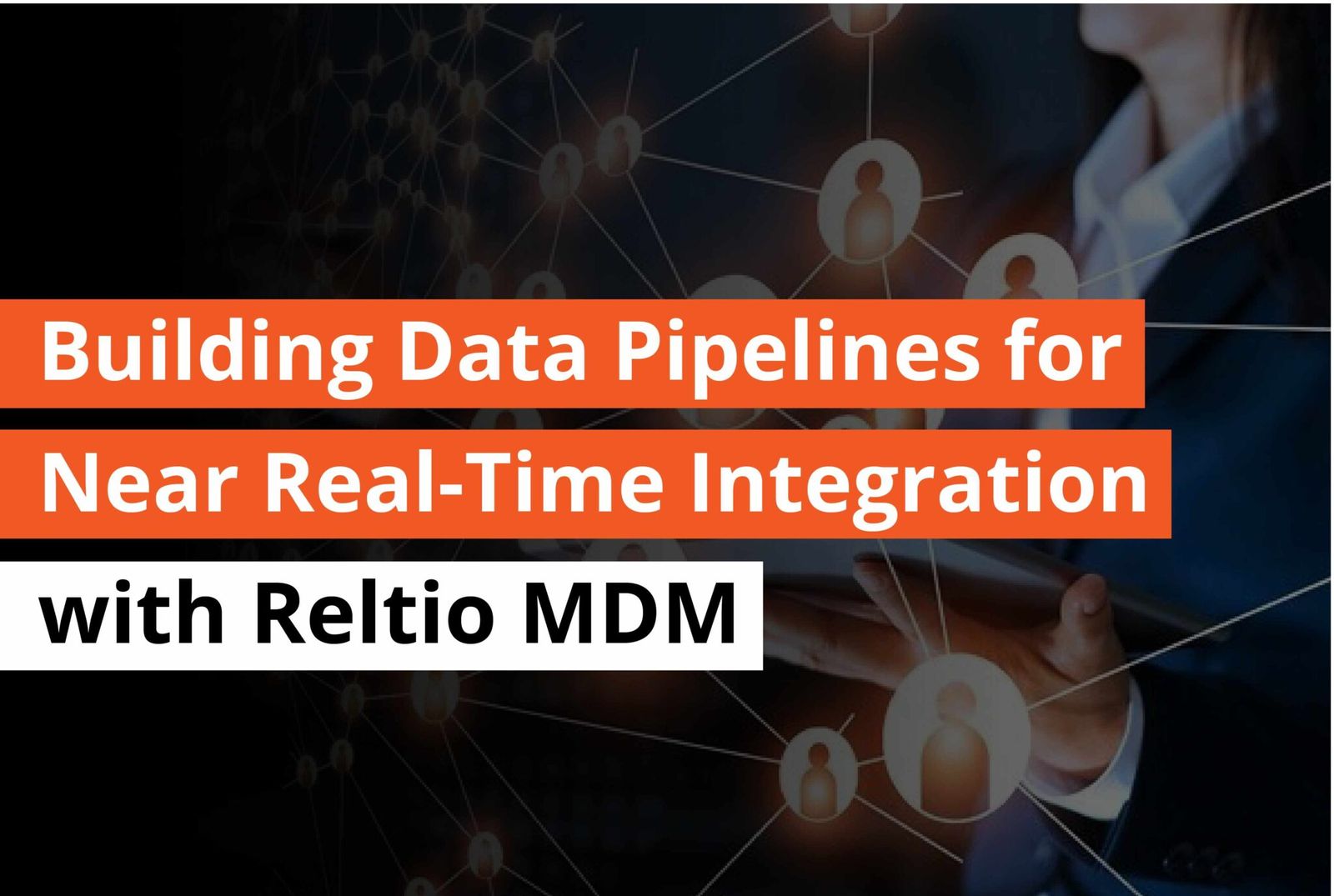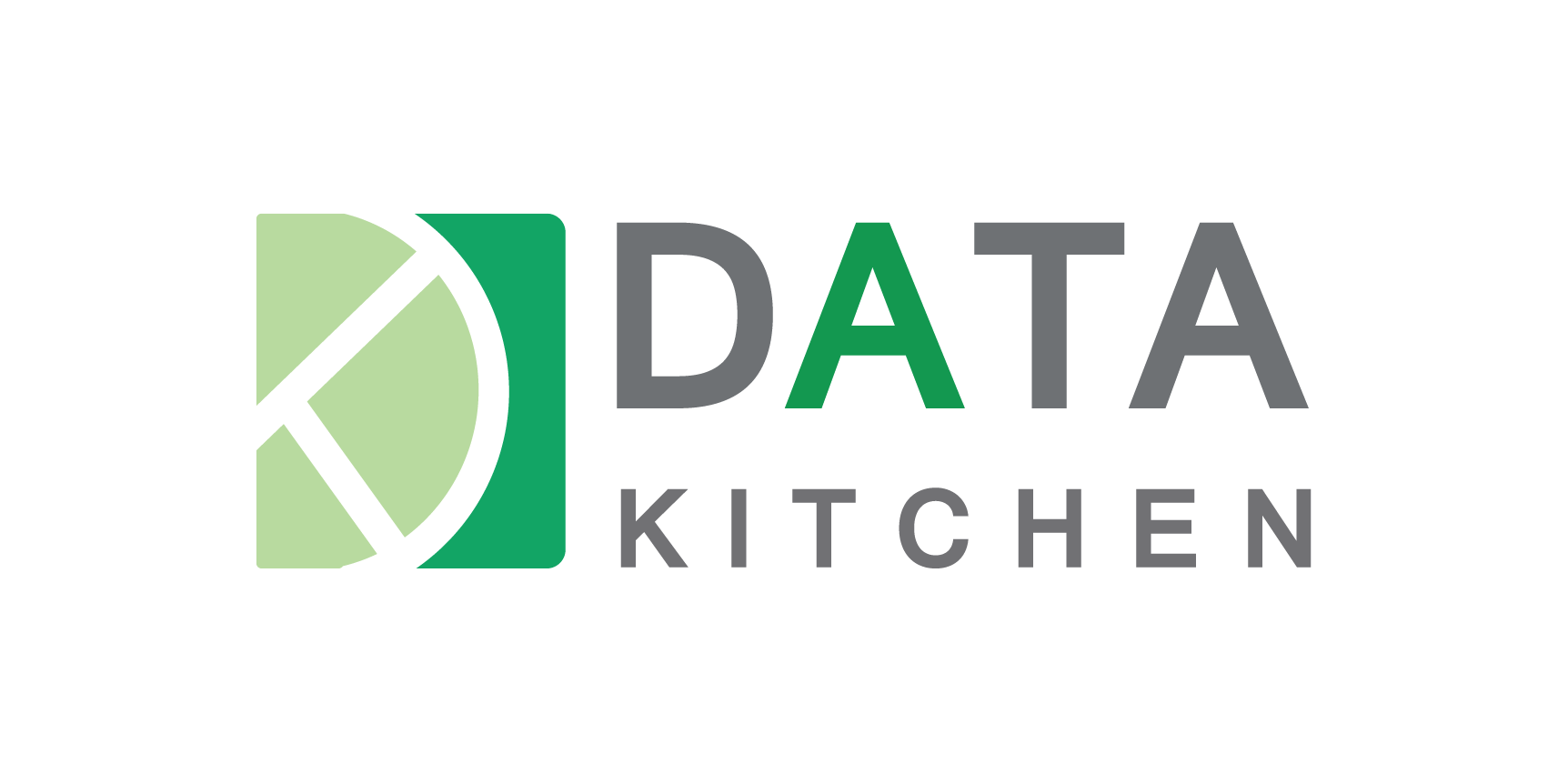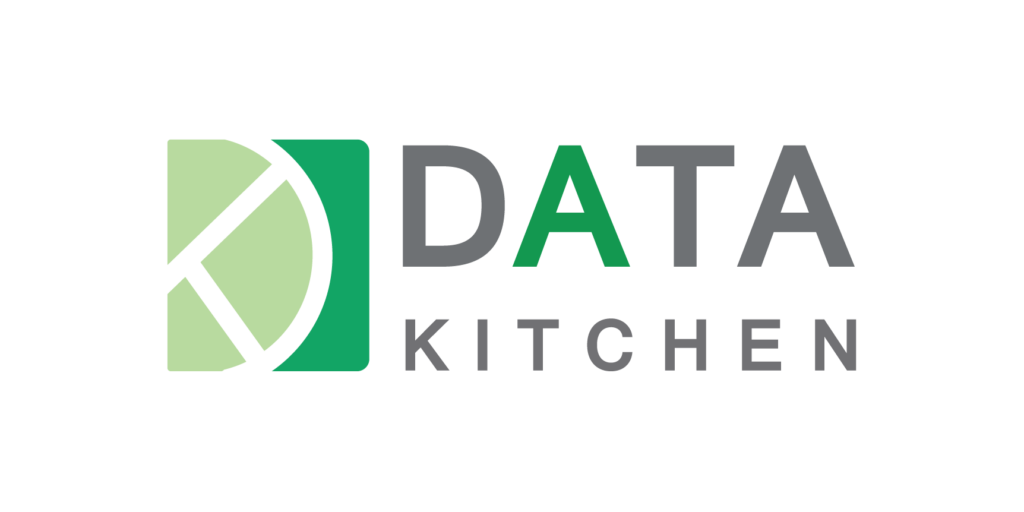Introduction
In big data and analytics, Databricks is proven as a leading platform that integrates data engineering, data science, and machine learning. With its technologically advanced capabilities and flawless integration with main cloud platforms, for example Azure Databricks and AWS Databricks, it has become a preferred choice for many organizations. We all know that the competition in this sector is very big. Many competitors are available in the market. So, let us know in detail about the top five competitors of Databricks. Also, we will discuss how Databricks is better than the rest.
Top 5 Competitors of Databricks

1. Snowflake
Snowflake is a cloud-based data warehousing solution. It provides us with the ultimate data storage, processing and analytics services. The reason behind its significant popularity is due to its unique architecture. Its rare architecture separates compute and storage along with allowing for independent scaling of each.
Key Features:
- It is a completely well-managed service with automatic scaling benefit.
- It supports both structured and semi-structured data.
- Databricks is known for advanced data sharing capabilities as well.
- Also, the strong security and data governance features provide efficient support.
2. Amazon Redshift
Amazon Redshift is also a well-managed data warehouse service by AWS. It allows you to run complicated queries and perform analytics on petabytes of structured data. It is designed to manage your large-scale data warehousing workloads effortlessly.
Key Features:
- High-performance query execution is one of the most preferred key features of Amazon Redshift.
- It provides flawless integration with other AWS services as well.
- You can enjoy its advanced security features to make sure that your data is secured.
- The last but not the least key feature of Amazon Redshift includes scalability and flexibility.
3. Google BigQuery
Google BigQuery is again a properly managed and serverless data warehouse. This warehouse allows fast SQL queries by using the processing power of Google’s infrastructure. It is known for its capability to manage big datasets and provide real-time analytics.
Key Features:
- Google BigQuery is known for its serverless architecture with automatic scaling.
- It also provides real-time data ingestion and analysis.
- Google BigQuery is supporting businesses through its integration with Google Cloud services.
- It has built-in machine learning capabilities.
4. Microsoft Azure Synapse Analytics
Azure Synapse Analytics is formerly SQL Data Warehouse. It is an integrated analytics service. This service improves time to information across data warehouses and big data systems. It provides a unified experience to ingest, prepare, manage, and serve data for immediate BI and machine learning requirements.
Key Features:
- Microsoft Azure Synapse Analytics provides you with unified data integration and analytics.
- You can use its real-time analytics on both operational and historical data.
- Another key feature is its integration with Azure Machine Learning and Power BI.
- Its scalable storage and compute resources can support your business growth.
5. Apache Spark
Apache Spark is an open-source unified analytics engine. It is mostly used for big-scale data processing. It is popular among users for its speed and user-friendliness. Apache spark with its key features allows you for parallel data processing across big clusters.
Key Features:
- In-memory data processing feature works so well.
- Another attractive and useful key feature of Apache Spark is that it supports multiple programming languages for example: Java, Scala, Python.
- It has a wide range of libraries for SQL, machine learning, and graph processing.
- High performance for both batch and simplified data.
How Databricks is Better Than Its Competitors?

The competition level is very big and if you must choose one option from many you must collect information. This comparison will surely help you to find out how Databricks is better than its competitors.
1. Unified Analytics Platform
Databricks provides a unified analytics platform. This way it integrates data engineering, data science, and machine learning in a single environment. This flawless integration allows teams to collaborate more effectively and simplify their workflows. It is not like many competitors who provide these capabilities in separate, siloed environments. So, this is how Databricks works better than its competitors.
2. Optimized for Cloud Platforms
Azure Databricks and AWS Databricks are optimized for their respective cloud environments. They provide detailed integration with other cloud services. Such detailed integration allows businesses to use the full capacity of their cloud infrastructure. It makes sure the scalability, flexibility, and cost efficiency. While competitors, for example Google BigQuery and Azure Synapse Analytics also provide cloud-native solutions, Databricks’ integration and optimization across multiple clouds provide a unique advantage.
3. Advanced Data Processing with Databricks SQL
Databricks SQL helps businesses by providing efficient SQL analytics capabilities. These capabilities are properly optimized for performance. With Databricks SQL, users can run complicated queries on big datasets easily. It has optimized execution plans and an efficient query engine. This makes Databricks the best choice for data analysts and engineers who require high-performance SQL query execution. For such people this works like a feature that outperforms many traditional data warehouses.
4. Advanced API for Automation and Integration
The Databricks API provides great functionality for automating tasks, integrating with other tools, and building custom applications. This extreme flexibility and extensibility are not always available in competing platforms. This situation makes Databricks the most preferred choice for businesses who want to automate their data workflows and integrate with different data sources and tools.
5. Improved Machine Learning Capabilities
Databricks provides comprehensive support for the entire machine learning lifecycle, from data preparation and model training to deployment and monitoring. With integrated tools, for example MLflow, Databricks simplifies the management of machine learning experiments and models. This end-to-end support for machine learning separates Databricks from the rest of the competitors who may require additional tools and platforms to use the same functionality.
6. Performance and Scalability

Databricks uses the power of Apache Spark to deliver high-performance, scalable data processing. Its capability to manage big data in-memory makes sure that data processing tasks are completed fast and efficiently. While Apache Spark itself is a competitor, Databricks improves its capabilities with additional features, optimizations, and a user-friendly interface. These extra advancements make it the big-scale data processing.
7. Strong Ecosystem and Community Support
Databricks benefit from a big ecosystem and strong community support. The platform is supported by extensive documentation, tutorials, and an active user community. Also, Databricks collaborates with industry leaders to provide integrations and partnerships that improves its capabilities. This strong ecosystem helps by making sure that users have the resources and support they require to succeed.
After discussing the features and capabilities of Databricks and its competitors Databricks proves to be the best due to its unified platform, cloud optimization, advanced SQL analytics, technologically advanced API, and comprehensive machine learning support. Its flawless integration with cloud platforms for example Azure and AWS, combined with the powerful data processing capabilities of Apache Spark. These capabilities and advancements make it a versatile and impactful tool for modern data-based businesses.
Conclusion
For advanced levels of big data and analytics, Databricks has proven itself to be a leading platform that provides a comprehensive set of tools and features. Its unified analytics platform, optimized cloud integration, advanced SQL capabilities, advanced API, and machine learning support spares it from its competitors.
Facing challenges in utilizing advanced tools and technologies? Say no to all tech challenges with just a single click here.

I am the Founder and Chief Planning Officer of Complere Infosystem, specializing in Data Engineering, Analytics, AI and Cloud Computing. I deliver high-impact technology solutions. As a speaker and author, I actively share my experience with others through speaking events and engagements. Passionate about utilizing technology to solve business challenges, I also enjoy guiding young professionals and exploring the latest tech trends.
